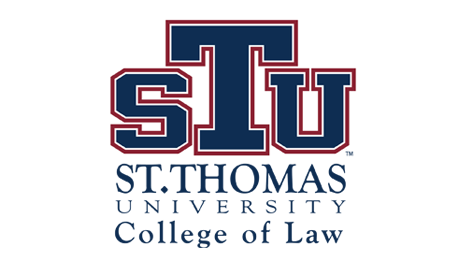St. Thomas Law Review
First Page
601
Document Type
Article
Abstract
As the legal and regulatory environment related to health law becomes more complex, a health care provider's exposure to potential civil liability claims from patients and their families, possible disciplinary charges from regulatory agencies, and state and federal criminal charges has expanded as well. It is often stated that the law is intended to define and enforce legal duties, not moral or ethical obligations. Nevertheless, bioethical debates help shape the development of accepted professional standards which, if violated, often form the basis for imposition of civil, criminal, and administrative penalties. Developing ethical debates result in "prevailing professional standards" that lead to the creation of enforceable legal duties. Alternatively, where ethical debates do not result in an overall consensus with respect to the appropriate professional standard under consideration, legislatures and regulatory bodies will often step in to fill the gap. One developing issue where the interplay of ethics and law predominates is in the area of pain management. Although not unique,' the ongoing ethical debates with respect to pain management principles and the scope and extent of physicians' obligations involving the management of pain has resulted in a wide variety of "standards" from professional organizations, legislatures, regulatory bodies, and others. Although intended to address a single subject, pain management, these pronouncements often have different objectives at their core and are often in conflict with each other.and. As this. area continues to develop, physicians and other related health care providers will be faced with an increasingly complex patchwork of professional, civil, regulatory, and criminal standards applicable to pain management. This article is intended to provide an overview of the various principles, the relevant interest, and the resulting standards and to identify those areas where the development of these standards can create future exposure to health care providers attempting to comply with these standards.
Recommended Citation
Steven E. Stark,
Bio-Ethics and Physician Liability: The Liability Effects of Developing Pain Management Standards,
14
St. Thomas L. Rev.
601
(2002).
Available at:
https://scholarship.stu.edu/stlr/vol14/iss3/5

